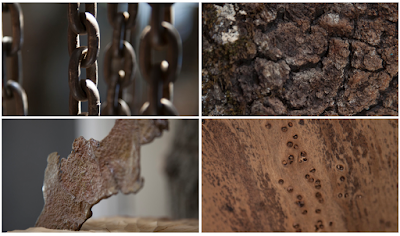Virginia Wolfe's book,
A Room of One's Own was written in a time period where women didn't really have much to call their own. She realized the importance of staking claim to some spot where you, and you alone, get to call the shots. Because I worked commercially as a photographer for a long time, I had grown accustomed to always having my own space...but when I closed my commercial studio, that was one of the big items I missed.
Rumor has it that da Vinci felt the best studios were small since "large rooms distract the mind" but I think that probably depends on your definition of small. When my son went away to college, I decided we no longer needed a large living room...and I'm still thinking I don't really need a dining room...so I took our former living room as my studio. I wanted the house to be dedicated to making art and let's face it, when we have people over, everyone loves being in an artist's studio so, who really needs a dining room?
I adore books on artist studios - you feel like you get a chance to really know the artist when you see how they organize their space - what's important to them.
Inside the Painter's Studio is a great book because it also has mini interviews with the artists. This week, my husband,
James Osgood, is getting ready for an exhibition of his work - which means his studio is really full of work. Even when it's not, it's still a great place to be. These images are all of the little vignettes he's created in his work space. He loves working with hand-tools and I love the mix of wood, metal, and the strange blend of bits and pieces.
To me, the perfect studio should have: natural light, lots of surface space to stack stuff, a good bookcase, a good couch/bed, a garden outside, walls with that primed white homasote (super cheap pushpin walls) and a good chair or two. For photographers...add a lot of power cords and flat files, and of course a storage closet.
What if you don't have the space in your life right now for an entire room? Don't feel bad, Rene Magritte chose to use part of his dining room as his studio for much of his artistic life. So, consider choosing a wall that will be yours. Cover it with homasote and start putting up your work and stuff that inspires you. If you can, add a bookcase then, across the room, add a chair where you can hang out and ponder the imagery from.








